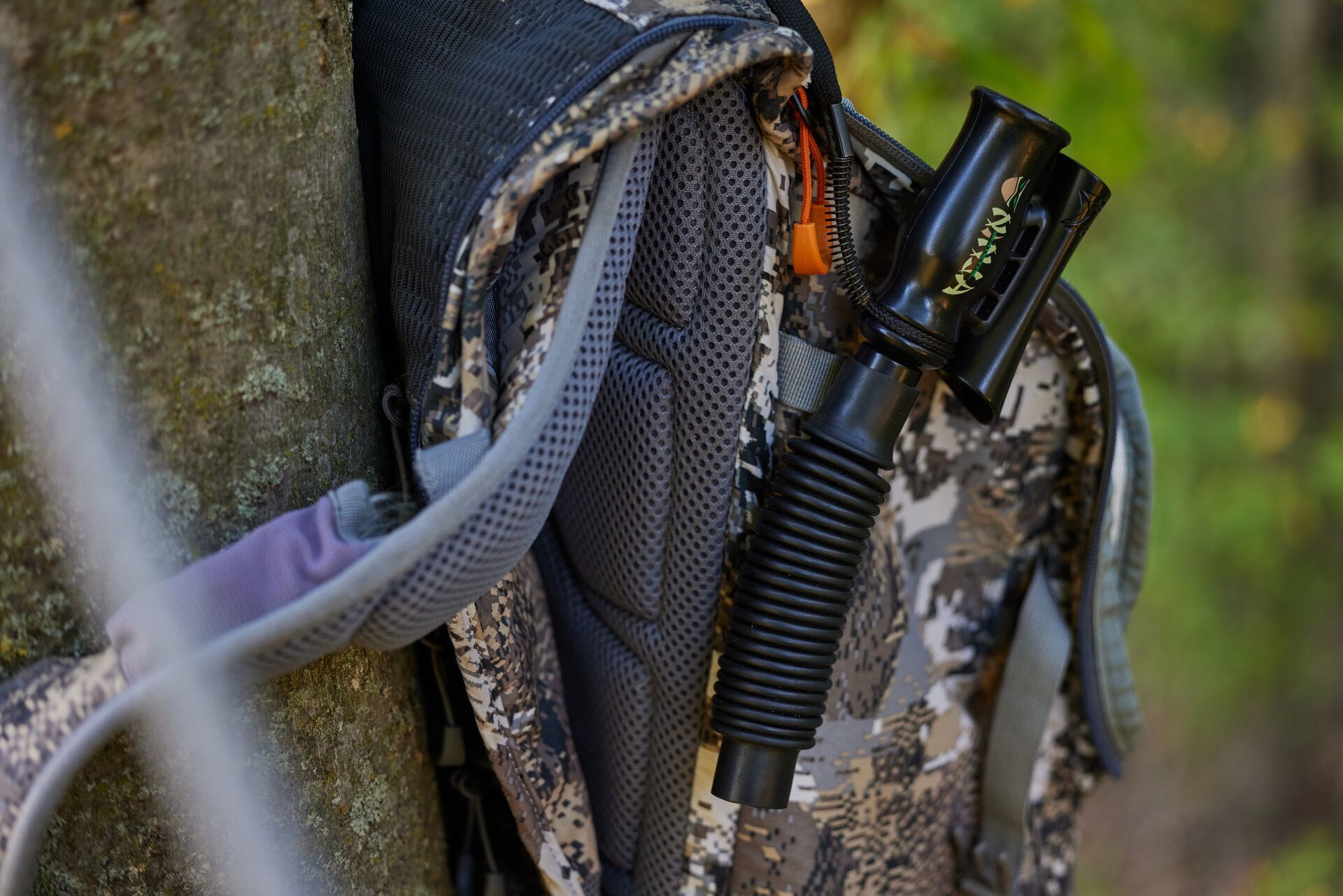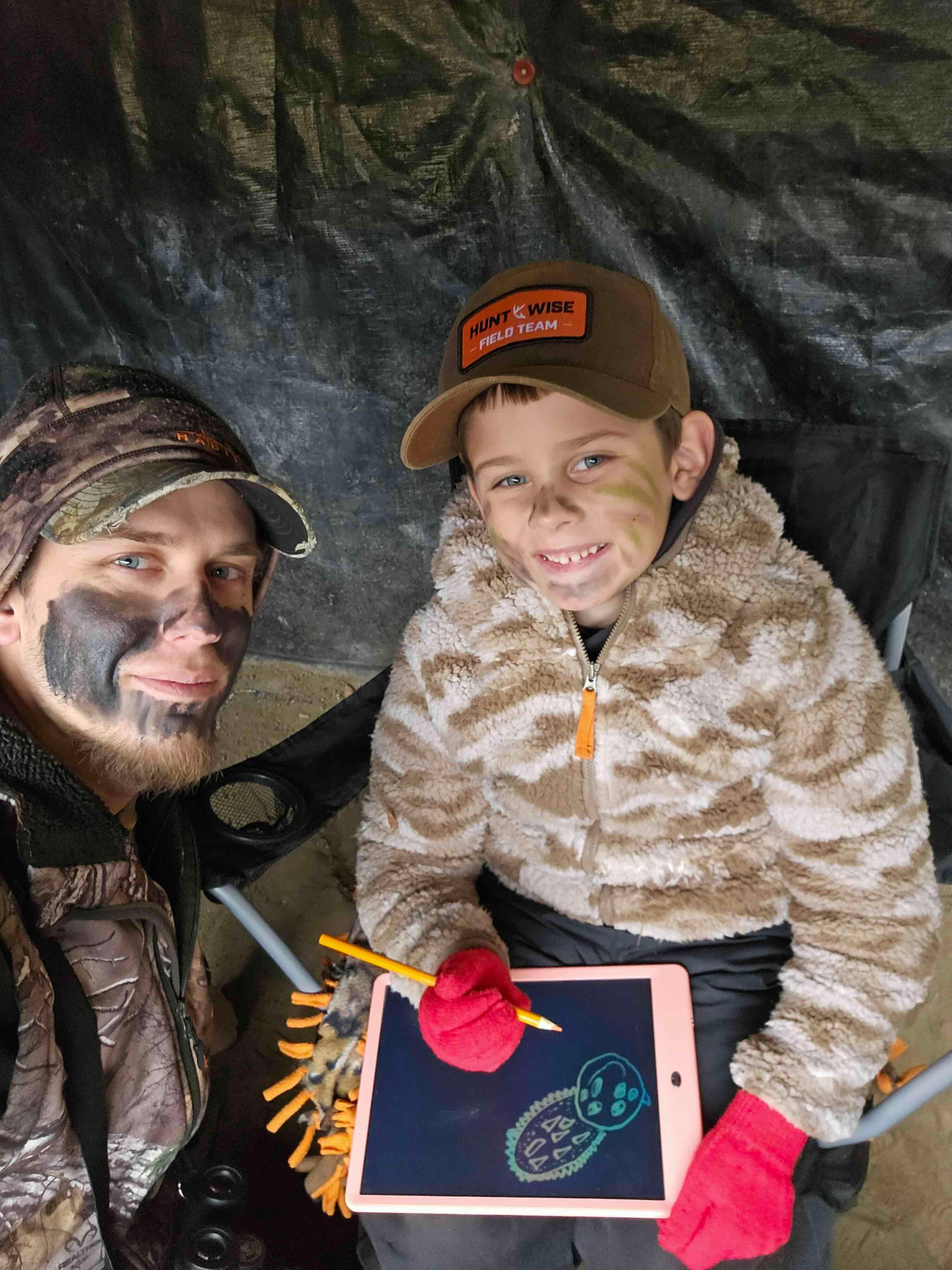What happened? Why did he do that? Where did he go?
These are all questions that any hunter might ask themselves if this happens or has happened to them when using deer calls.
So, let's talk about deer calling and some common mistakes while out in the deer woods and try to help you avoid making them this fall.
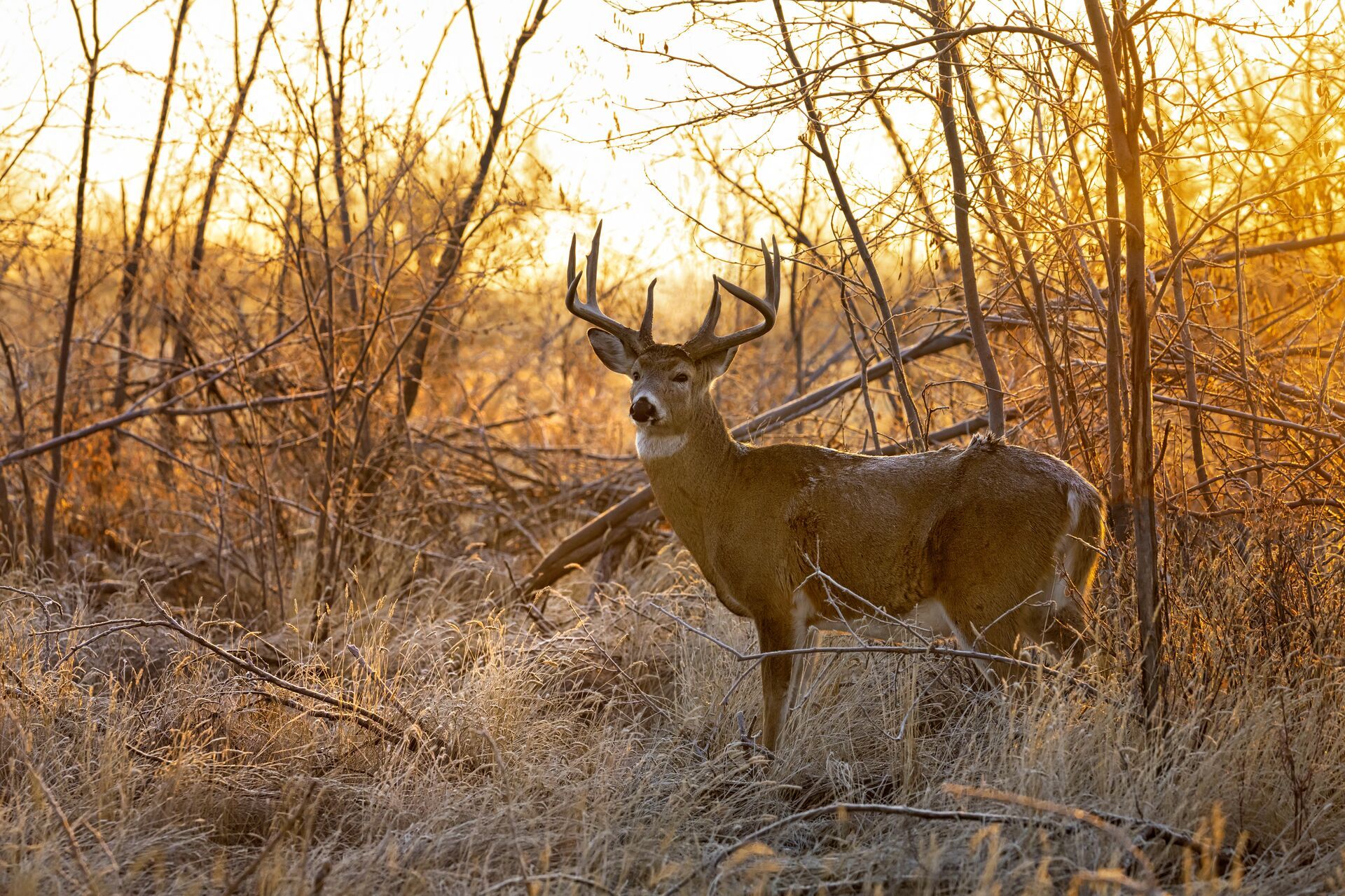
Mistake #1: Calling at the Wrong Time With the Wrong Call
Timing is everything when it comes to deer calling.
Most of the time, you are not going to magically call in a big old bruiser buck just because you pulled out your grunt call and made a couple of noises with it. You may get extremely lucky, but it is rare.
Knowing what calls to make and when to make them is crucial in any hunting situation (not just deer hunting). When calling to animals, knowing which calls to use based on what time of year it is can make or break your hunt.
For example, using a doe estrus bleat during the early season (i.e., the September openers) will not do you any good in luring in bucks. While this call at this time may not entirely ruin your hunt, it sure isn't going to help you either.
Likewise, if you break out the rattling antlers hoping to call in that aggressive buck during September through early October, you can bet you just scared off any big bucks that might have been in your area because they are not ready to start battling yet.
Don't Rely On "As Seen On TV"
These mistakes may seem silly, but rookie hunters often don't know any better and just try things they have seen on TV or read about in a magazine, not knowing the proper times of year to use, which call, and why.
Learning when to use each specific call you are interested in first is key in helping you lure in a big buck. Once you learn the correct times of year to use each call, then you need to practice those calls at home or while driving to work each morning. Then, once you get the sounds created and they sound accurate (watch and learn from other videos about each call), take those skills into the deer woods with you.
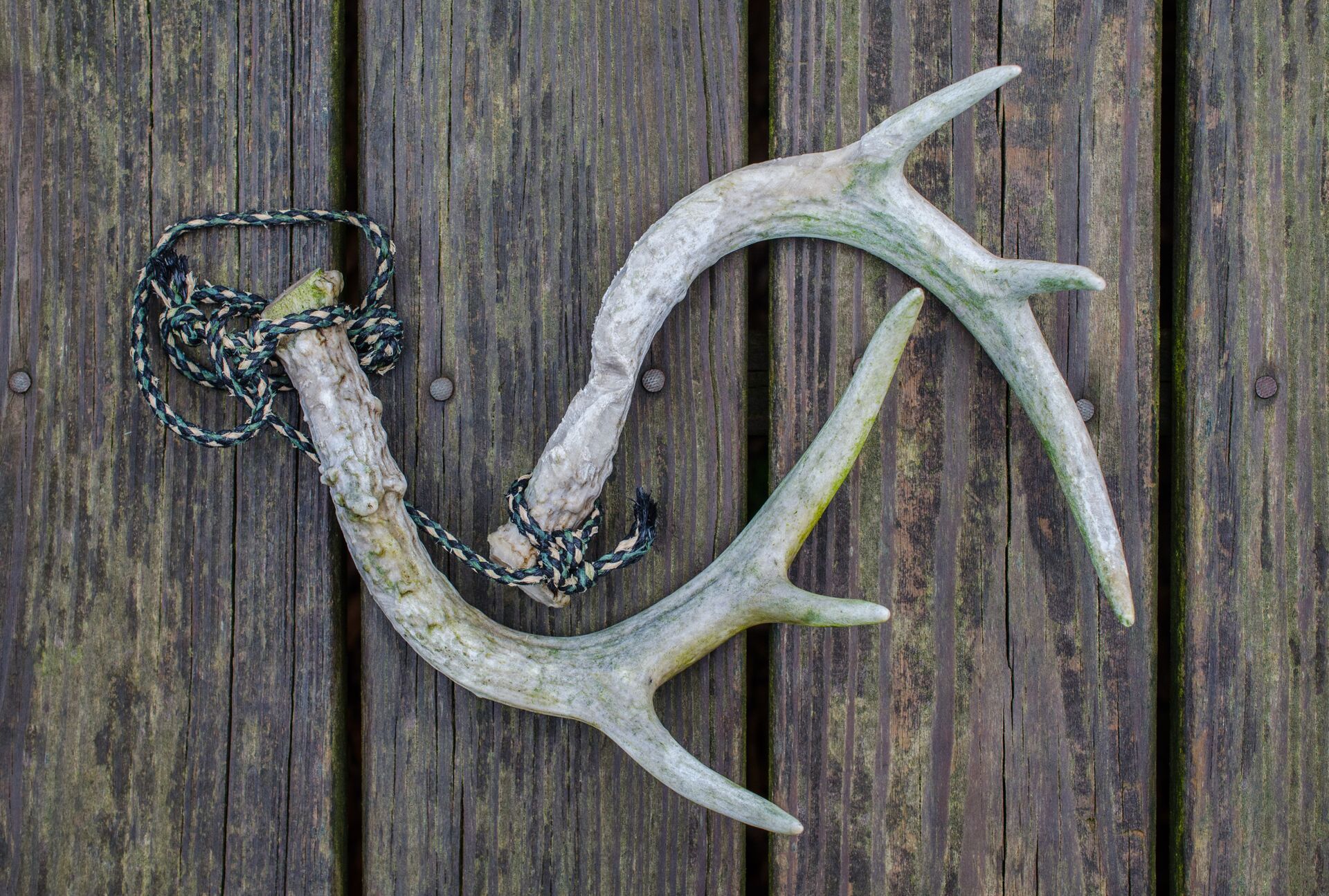
Mistake #2: Calling Too Much
Another mistake that comes with calling to animals that you will want to try to avoid is what is called "overcalling."
Calling too much to an animal or doing too much blind calling will start to sound abnormal and out of place to the animals around the area — and they will avoid that area due to an unusual amount of sounds being made.
There is a time and place for each call, and while there may be lots of animals in your area, and all of them will be making calls to each other all of the time, there needs to be a specific reason you are making those sounds while in the woods.
Less is Usually Better
If you choose to use rattling antlers during the November rut, they can be an absolute dynamite call on a big bully ready to fight buck. But if you are banging your horns together every five minutes in hopes of bringing in Mr. Big, you can probably bet you have just done the exact opposite and actually boogered him off and out of your area, because he knows there should not be that much fighting happening in his area.
The same can be said when using either a doe bleat or a grunt call. While yes, deer will use these sounds all year round, they use them for specific communications, and over-calling will trigger them to think that something is not right in their area.
If you choose to call at a deer you can see and are trying to pull him in those final yards, use softer, less aggressive calls and only try once or twice. Then, if he is not interested in your calls, do not keep making multiple calls over and over again. This will alarm him and or educate him that you are there.
When blind calling, only call every thirty to sixty minutes. Deer have very good hearing, and they might be a ways off when they first heard your calls, and it will take them a while to make their way to you. Be patient and give them time to find you more naturally after your calling sequence.
Don't Be Aggressive (Don't Be Aggressive)
Did you read that as the opposite of the chant you might have used to pump up your high school football team? While being aggressive probably works well on the football field, being too aggressive in the hunting field can work against you.
Too much calling can be too aggressive with your calls. While you may have used the calls during the correct time frame, being too aggressive can also be a downfall to your hunt.
If you start to use a very aggressive and loud banging of your rattling antlers on a smaller or more timid buck, he will hightail on out of there because your calling was too much for him.
The same could be said when using a grunt call. If you are imitating a large five-plus-year-old aggressive buck while calling to a younger two- or three-year-old buck or buck who is not as aggressive even though he might be older, they will get nervous and take off. They do not want to be around a big bully buck that you sound like.
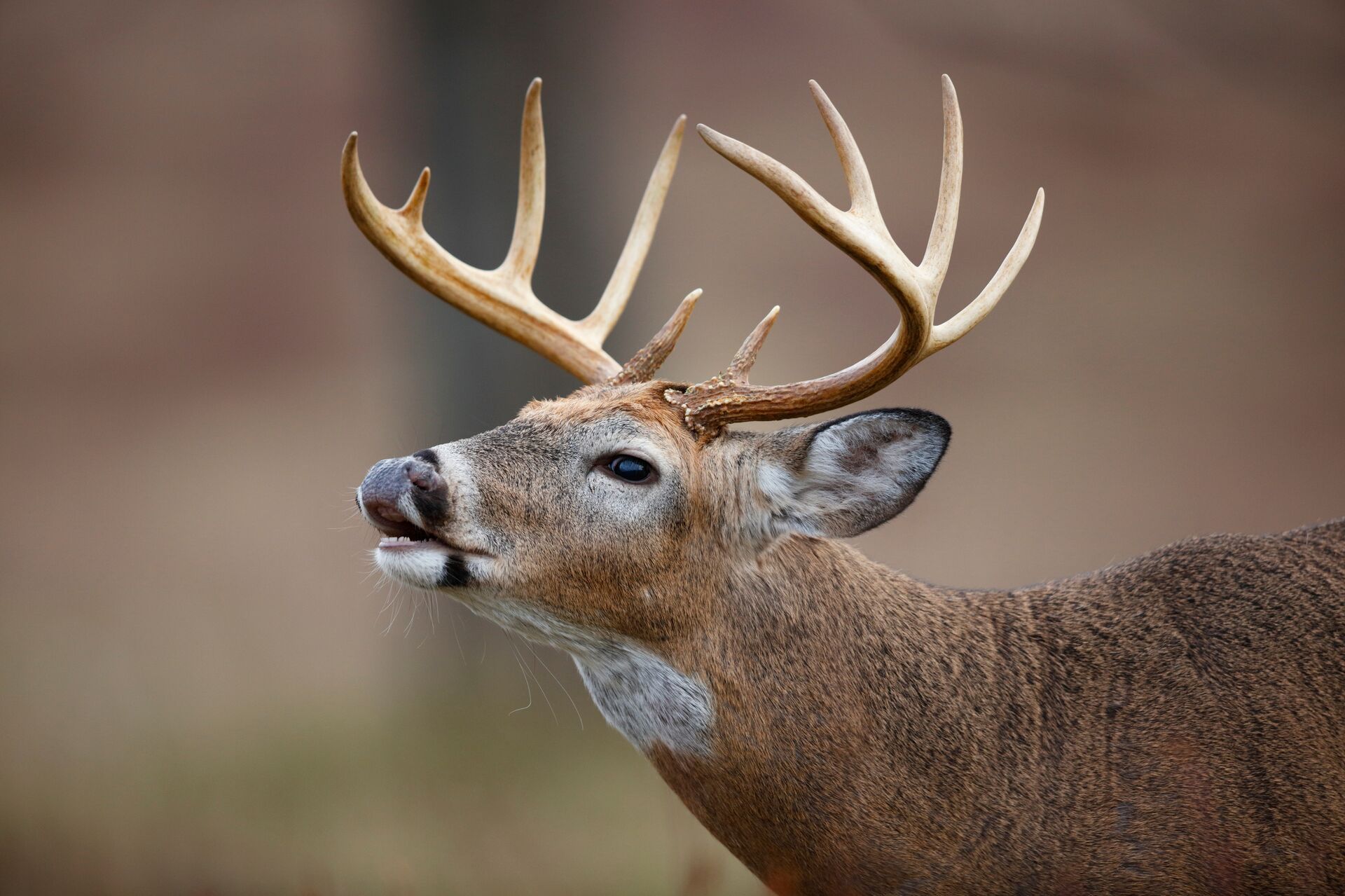
Mistake #3: Skipping Practice Time With Your Deer Calls
Don't let the first time you break out your deer calls be when trying to lure in a buck in the field.
Practice may not make "perfect," but not practicing before you get into the field is a big mistake.
Not knowing how different calls sound or how to make them make the noises they need to make will lead to using them ineffectively at the moment you're trying to get a buck's attention (in the right way).
Get outside before your hunt and practice with each call. Watch YouTube videos about how to use calls and get all of your nerves out about using calls and the sounds they make when there are no deer around for you to scare off.
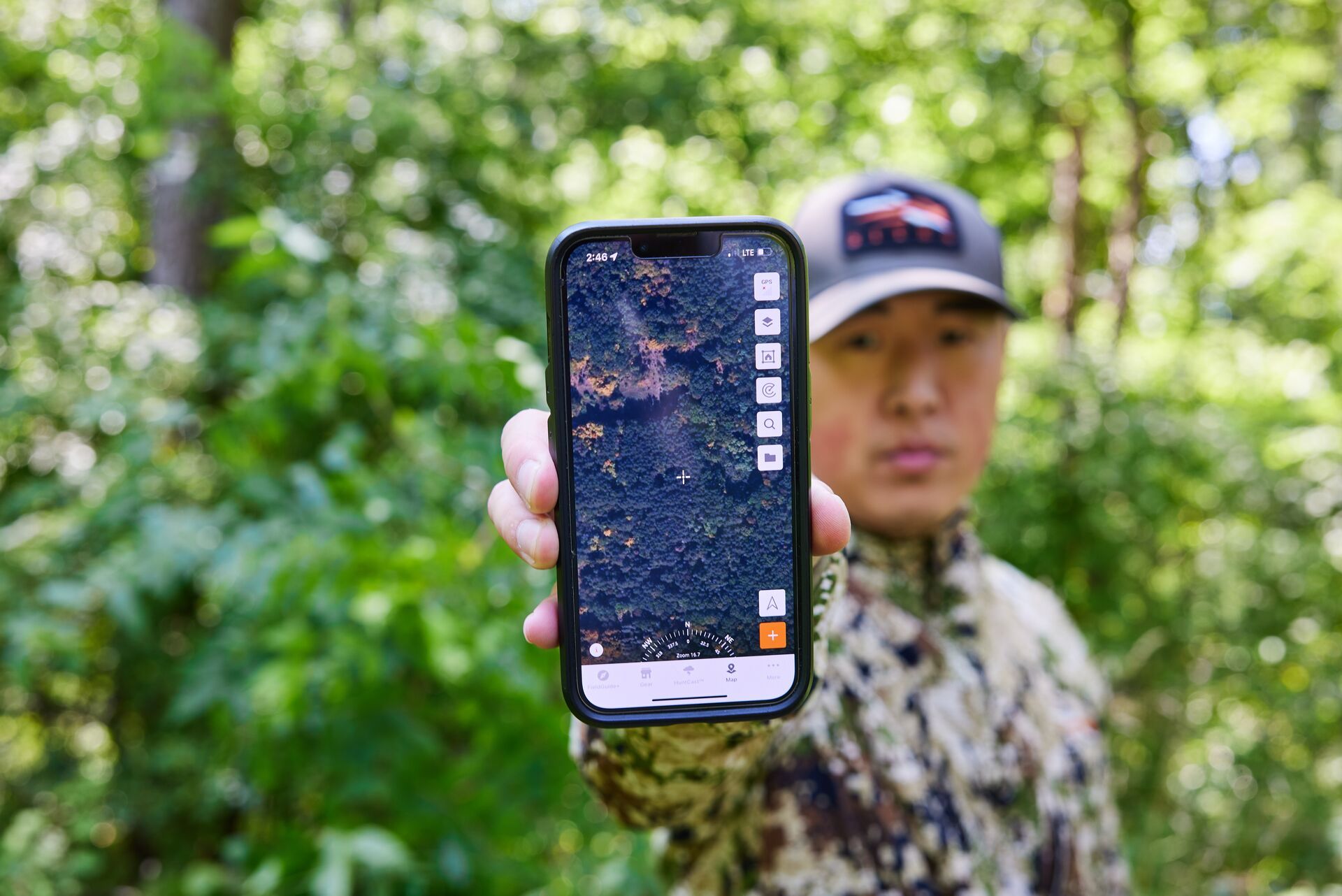
Avoid Deer Calling Mistakes and Use HuntWise to Bring Down Big Bucks
Take the time to learn about each call you want to use. Learn what time of year deer are making those sounds and the reasons why they make them. Do not overcall — either in blind calling sequences or when calling to deer you can see. Know when and what bucks you can be aggressive with and what deer you need to be more careful with when calling to them.
Every deer is different, just like people. There are shy and more timid bucks out there that do not want to fight every single buck they encounter, while there are some bully bucks out there that do want to push and fight every other buck they see.
Know which deer you are targeting and call accordingly. Learning these skills takes time and practice. Don't rush the process, and you may find yourself sitting behind your target buck this year!
Along with these tips for using deer calls, make sure you have the HuntWise app. Use the mapping and wind and animal movement features to plot your approach to a hunting area you've scouted (also with the app) and find the ideal spot for your stand or blind. Then, use your calls smartly and bring home a big buck!
Download HuntWise today and try it free for your first week.
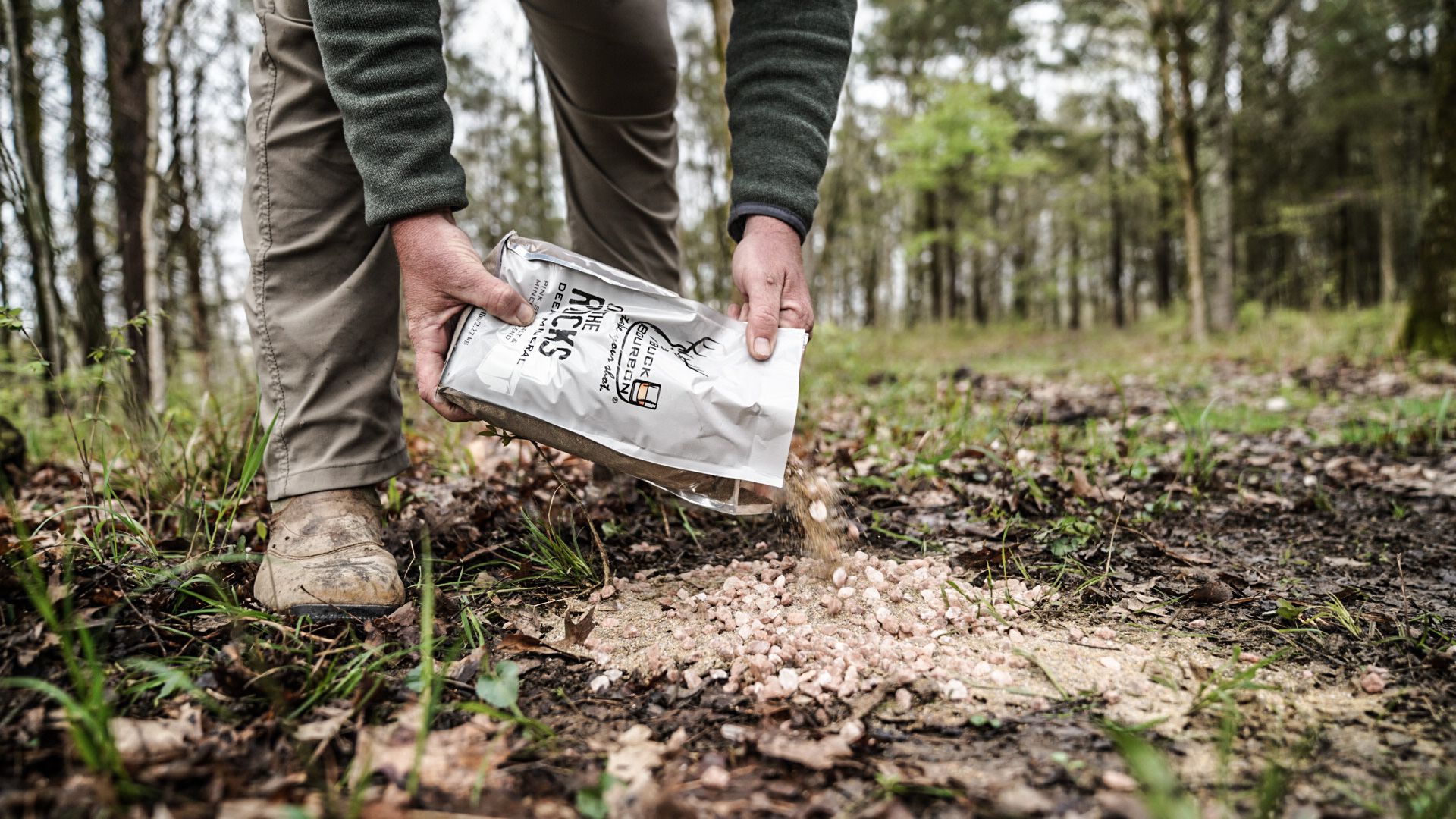
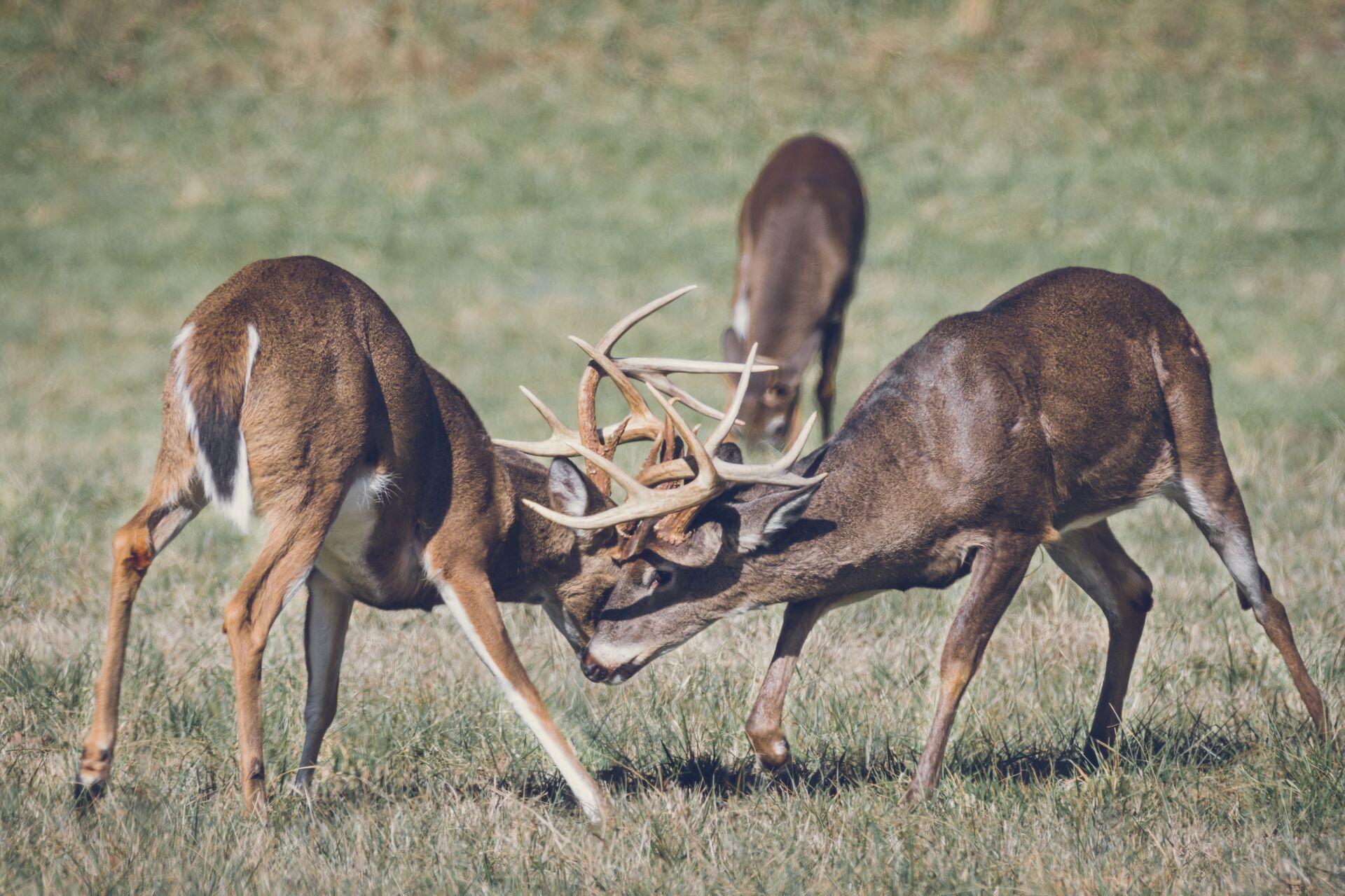
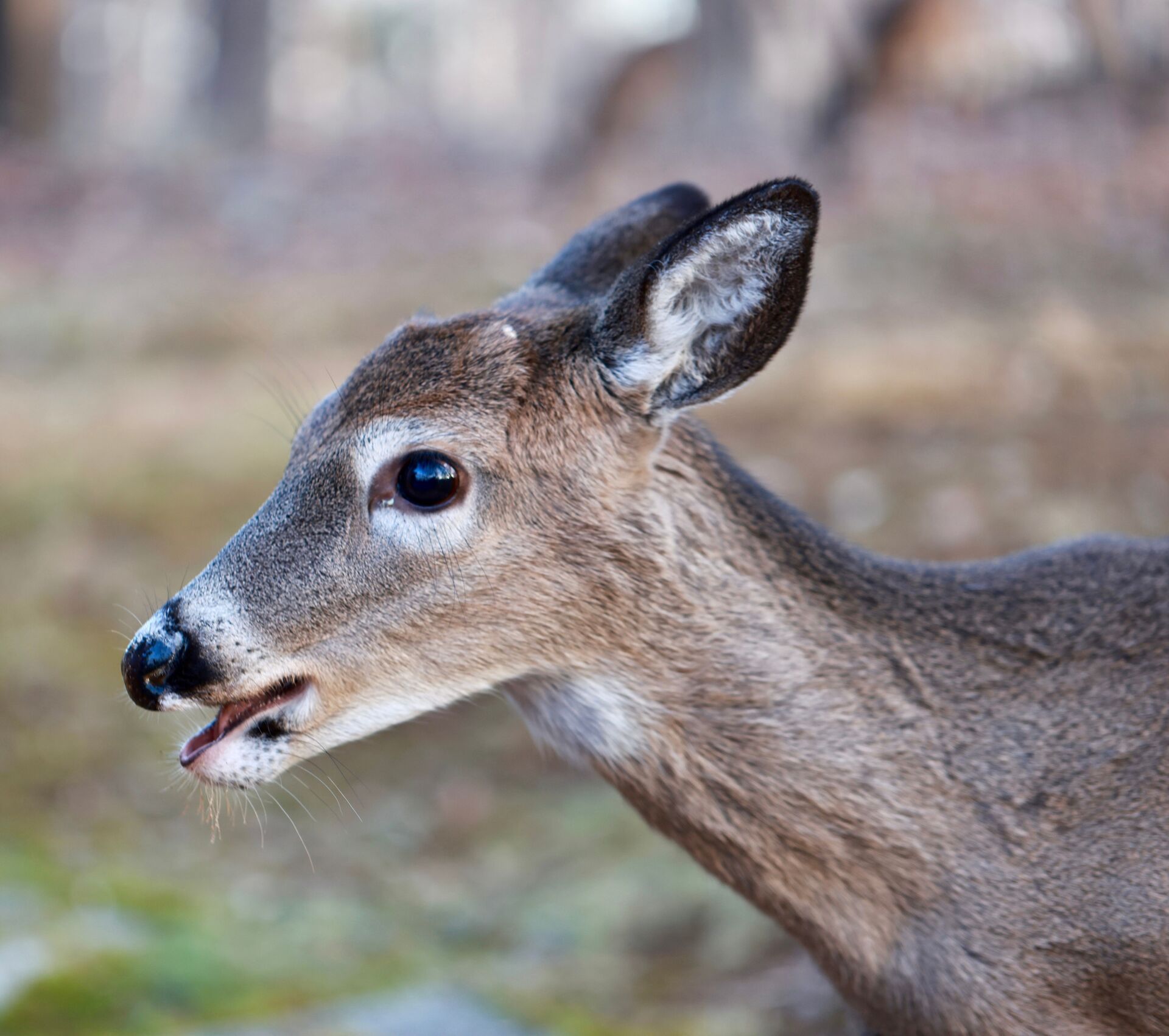
 Deer
Deer Deer
Deer Deer
Deer